- About us
- Support the Gallery
- Venue hire
- Publications
- Research library
- Organisation chart
- Employment
- Contact us
- Make a booking
- Onsite programs
- Online programs
- School visit information
- Learning resources
- Little Darlings
- Professional learning
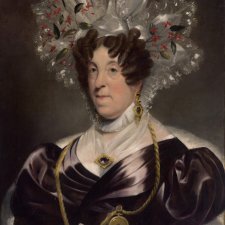
Joanna Gilmour describes how colonial portraitists found the perfect market among social status seeking Sydneysiders.
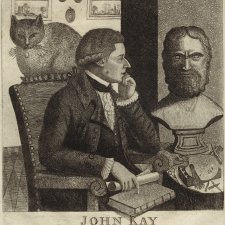
Joanna Gilmour presents John Kay’s portraits of a more infamous side of Edinburgh.

Celebrating a new painted portrait of Joseph Banks, Sarah Engledow spins a yarn of the naturalist, the first kangaroo in France and Don, a Spanish ram.

An extract from the 2004 Nuala O'Flaaherty Memorial Lecture at the Queen Victoria Musuem and Art Gallery in Launceston in which Andrew Sayers reflects on the unique qualities of a portrait gallery.
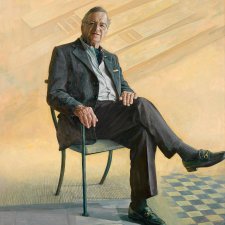
A new painting by Jiawei Shen captures the vision and resolve of the Gallery's founder, L. Gordon Darling AC CMG.
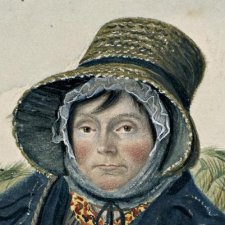
Dempsey’s People curator David Hansen chronicles a research tale replete with serendipity, adventure and Tasmanian tigers.
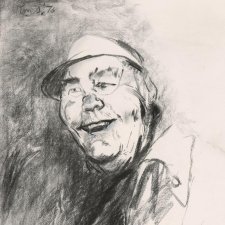
Michael Desmond explores what makes a portrait subject significant.
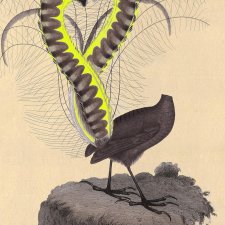
Emma Kindred looks at the career of Joan Ross, whose work subverts colonial imagery and its legacy with the clash of fluorescent yellow.
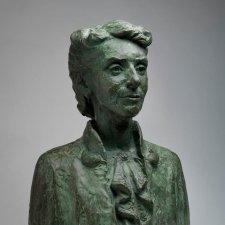
Andrew Sayers outlines the highlights of the National Portrait Gallery's display of portrait sculpture.

Exploring the photographs of Martin Schoeller, Michael Desmond delves into the uneasy pact that exists between celebrity and the camera.
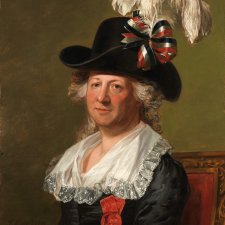
Jane Raffan asks do clothes make the portrait, and can the same work with a new title fetch a better price?

David Ward writes about the exhibition Hide/Seek: Difference and Desire in American Portraiture on display at the National Portrait Gallery, Washington.

Sarah Engledow on Messrs Dobell and MacMahon and the art of friendship.

Joanna Gilmour travels through time to explore the National Portrait Gallery London’s masterpieces in Shakespeare to Winehouse.
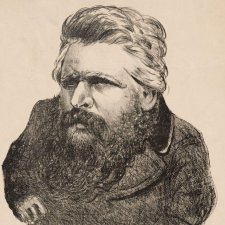
Joanna Gilmour on Tom Durkin playing with Melbourne's manhood.
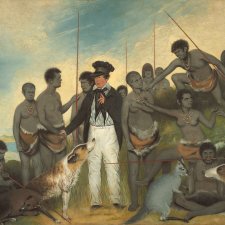
Gareth Knapman explores the politics and opportunism behind the portraits of Tasmania’s Black War.